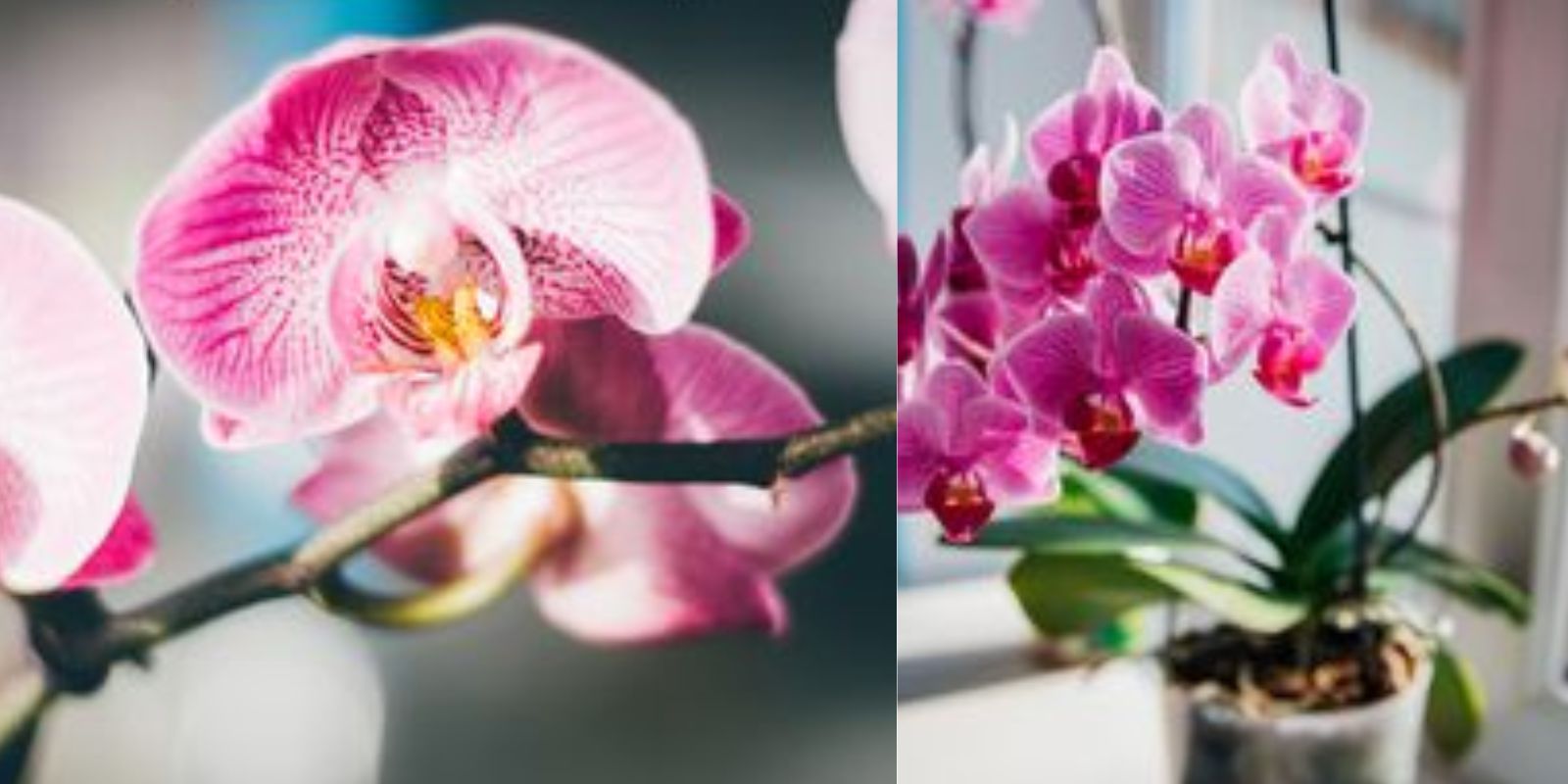Orchids have long captivated enthusiasts with their elegant blooms and unique beauty, making them a cherished addition to indoor gardens worldwide. While often perceived as delicate and challenging to grow, orchids can thrive with proper care and attention to their specific needs. This comprehensive guide explores essential techniques for nurturing orchids to achieve vibrant blooms and maintain robust plant health.
Introduction to Orchids
Orchids belong to one of the largest families of flowering plants, with over 25,000 species and countless hybrids. Their diversity in colors, shapes, and sizes makes them popular among collectors and hobbyists alike. Orchids are known for their intricate flowers, which range from vibrant hues to delicate pastels and often boast complex patterns that attract pollinators in their natural habitats.
Understanding Orchid Care Essentials
Successful orchid cultivation revolves around providing the optimal environment that mimics their natural habitats. Key factors include light, water, humidity, temperature, and proper nutrition. By mastering these elements, orchid enthusiasts can enjoy continuous blooms and healthy growth throughout the year.
Steps to Achieve Beautiful Orchid Blooms and Ensure Plant Health
1. Light Requirements
Ideal Conditions: Orchids thrive in bright, indirect light. Place them near a window with filtered sunlight or use artificial grow lights tailored to mimic natural daylight conditions. Avoid direct sunlight, as it can scorch orchid leaves.
Monitoring Light: Watch for signs of inadequate light (yellowing leaves) or excessive light (leaf burns). Adjust placement accordingly to maintain healthy foliage and promote flowering.
2. Watering Schedule
Watering Orchids: Orchids prefer a regular watering schedule with thorough drenching followed by allowing the potting medium to almost dry out before the next watering. Typically, this means watering once every 7-10 days, depending on environmental conditions and potting medium.
Water Quality: Use room-temperature water and avoid water with high mineral content (hard water). Rainwater, distilled water, or water collected from a dehumidifier are suitable alternatives.
Preventing Root Rot: Ensure pots have adequate drainage holes and avoid letting orchids sit in standing water. Remove excess water from saucers or decorative pots to prevent root rot, a common issue for orchids.
3. Humidity Control
Humidity Requirements: Orchids thrive in environments with humidity levels between 50% to 70%. Increase humidity by grouping orchids together, using a humidity tray filled with water and pebbles, or using a room humidifier.
Misting: Lightly mist orchid leaves in the morning to increase humidity and replicate their natural habitat. Avoid misting flowers directly to prevent water spots that may reduce their attractiveness.
4. Fertilization
Feeding Schedule: Orchids benefit from regular feeding during their active growing season (spring and summer). Use a balanced orchid fertilizer diluted to half-strength and apply every 2-4 weeks. Reduce feeding during dormant periods (fall and winter) to allow plants to rest.
Fertilizer Types: Choose a fertilizer specifically formulated for orchids (e.g., 20-20-20 or 30-10-10 NPK ratio) to provide essential nutrients without overfeeding, which can lead to salt buildup and damage roots.
5. Repotting Orchids
Repotting Timing: Repot orchids every 1-2 years or when the potting medium breaks down and becomes compacted. Early spring is an ideal time for repotting, allowing orchids to recover and establish new roots before their active growing season.
Potting Medium: Use a well-draining orchid potting mix composed of materials like bark chips, sphagnum moss, perlite, or coconut coir. Ensure the pot size is slightly larger than the orchid’s root system to promote airflow and prevent moisture retention.
Care During Repotting: Gently remove old potting medium and inspect roots for signs of disease or rot. Trim dead or damaged roots before placing the orchid in its new pot with fresh potting mix. Water lightly after repotting to settle the medium around roots.
Benefits of Growing Orchids
1. Aesthetic Appeal
Orchids are prized for their exotic and often fragrant blooms, which can last for several weeks or months with proper care. Their diverse colors and patterns add a touch of elegance and sophistication to any indoor space.
2. Educational and Therapeutic Value
Caring for orchids provides a rewarding experience that enhances botanical knowledge and appreciation. Many find nurturing orchids to be therapeutic, offering stress relief and a sense of accomplishment as plants thrive and bloom under their care.
3. Environmental Benefits
Orchids play a crucial role in ecosystems as pollinators attract insects and birds. By cultivating orchids indoors, enthusiasts contribute to biodiversity conservation and promote sustainable gardening practices.
Common Challenges and Troubleshooting
1. Pest Management
Monitor orchids regularly for pests such as aphids, mealybugs, and spider mites. Use organic insecticidal soap or neem oil to treat infestations while minimizing harm to beneficial insects.
2. Disease Prevention
Prevent fungal and bacterial diseases by maintaining good air circulation around orchids, avoiding overwatering, and promptly removing dead or decaying plant material. Treat infections with fungicides labeled safe for orchids as needed.
Conclusion
In conclusion, cultivating orchids is a rewarding journey that requires patience, attention to detail, and an understanding of their unique requirements. By implementing the techniques and tips outlined in this guide—such as providing adequate light, watering appropriately, maintaining humidity, fertilizing wisely, and repotting as needed—orchid enthusiasts can achieve consistent blooms and ensure their plants thrive year-round.
Motivation:
Join the orchid-growing community and discover the joy of nurturing these exquisite plants. Share your orchid care experiences, tips, and successes with fellow enthusiasts to foster a supportive and knowledgeable gardening community. Happy orchid growing!

